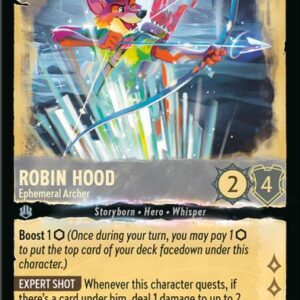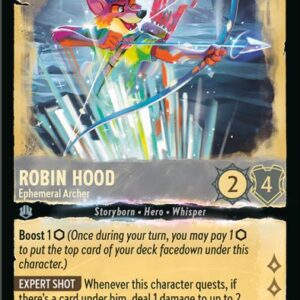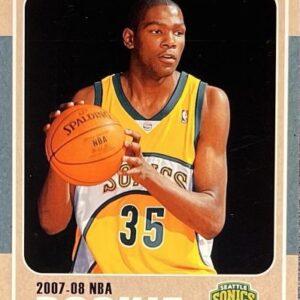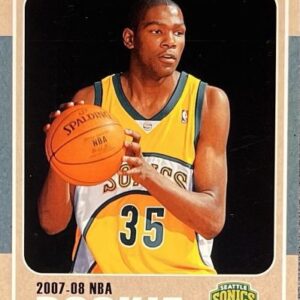In the magical world of collectible card games, there’s nothing that can turn your day upside down faster than realizing that your highly-prized card is, in fact, a counterfeit. Whether you’re an adoring enthusiast who cherishes every iteration of the revered Black Lotus, or a casual player dabbling in weekend tournaments, differentiating between the genuine and the forgery is a necessary skill to master. Although counterfeit Magic: The Gathering cards have drastically improved their camouflaging techniques over time, a keen observable eye combined with a bit of learning can keep you smarter and ahead of the game.
Let’s embark on this exhilarating journey of safeguarding your card collection by honing your detective skills and discovering the art of spotting phony cards like an expert.
**Trust Your Senses First**
To initiate your evaluation, one of the simplest and most primitive techniques involves trusting your senses. Take a moment to let the card speak to you through its texture. Authentic Magic cards boast a distinctive matte finish recognizable to any veteran collector. A counterfeit, conversely, might sport a shiny or slick demeanor that’s reminiscent of a laminated diner menu rather than a neatly packaged booster pack treasure. When in doubt, compare the suspect card to a land card from the same set. The difference in texture can often be a dead giveaway.
**Harness the Power of Light**
Light is your ally in this venture. By holding a card up to a flashlight, you can peek into its true nature. Real Magic cards are crafted with a unique blue core sandwiched between layers of paper. A real card permits light to filter through with a soft, cool hue, enchanting you with its understated authenticity. Because counterfeit cards sometimes miss the mark, they may either arrogantly stand between light’s passage, appearing excessively thick, or allow the light to pass through carelessly, washed out and lackluster.
**Activate Your Detective Tool: The Loupe**
Enter the jeweler’s loupe, your budget-friendly, magnifying companion that boosts your investigative prowess. With 30x magnification, this modest tool suddenly transforms your casual inspection into a meticulous examination, akin to administering a veritable lie detector test on your cardboard subjects.
**Observe the Rosette Pattern**
Dive into the microcosm of Magic card artistry by focusing on the details. Real cards, under close inspection, will reveal art and text printed in a series of tiny, round dots arranged in charming, floral-like rosettes. On the other hand, counterfeit cards often display a jumble of blurry dots, bothersome digital pixelation, or inconsistent grid formations.
**Test the Boldness of Black**
Magic’s black ink is definitive; it paints the bold strokes of mana symbols, text, and names on its sanctified surface. Authentic cards use a solid layer of black, while fakes often result in a hazy fuzz—a blurred delusion of color dots aiming to mimic solid black’s dominance. Under magnification, it becomes obvious whether a black is leading a mighty single-ink charge or if it is merely a masquerade of composite colors.
**Decode the Infamous Green Dot “L”**
The final component of your learned scrutiny rests on the card’s back. Zoom in to study the synonymous green mana symbol, specifically the pattern within the yellow-green border. There, observant collectors should discern a red dot pattern, cunningly forming a small, upside-down “L.” Spotty, crooked, or indistinguishable? Likely fake.
**Embrace New-Age Safeguards**
More recent additions to Magic’s identity, introduced since Magic 2015, are hologram stamps on rares and mythics. When genuine, these oval holograms lie flat against the card surface, adorned with micro text and iconic symbols, embodying elegance in their covert detail. Counterfeit variants may flaunt a grainy texture, appear improperly raised or resemble a botched sticker swap.
**Avoidance Techniques**
While older methods recommended bending or tearing a card to reveal its blue core, modern counterfeiters have risen to the challenge, rendering such tactics obsolete and hazardous. You’re more likely to destroy a real, valuable card than unveil a forgery.
Becoming an adept protector of your collection requires assembling a myriad of evaluations. Not one method alone suffices. It’s about the layers of proof stacking, commencing with texture, advancing through light, and refining with the loupe. Soon, with diligent practice, your detection skills will mature, fortifying your collection and maintaining the integrity of Magic itself. A discerning eye, educated mind, and vigilant practices are the keys to becoming a master collector.





